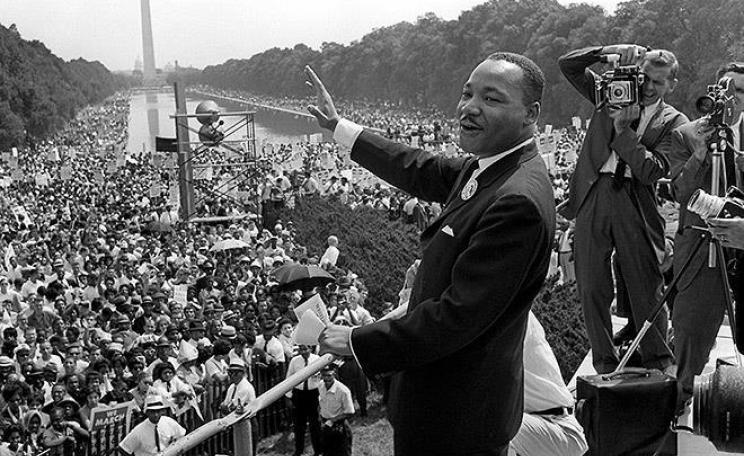New research shows protests can create ‘backlash’ effects — but they do not last.
Direct action protest can result in "a positive trend in public sentiment" towards an issue over time while "short-term negative impacts from disruptive protest do not persist" according to groundbreaking new research.
Read: Pirates and rebels: The Pirate Party in Sweden codified activist organisational strategy and led the way to Extinction Rebellion's success.
Social Change Lab, a research organisation dedicated to understanding the dynamics of social movements, has published a comprehensive new report shedding light on the short and longer-term effects of disruptive protest.
The report, titled ‘The short and long-term impacts of disruptive animal rights protest’, presents findings from an in-depth analysis of Animal Rising's protest at the 2023 Grand National, offering valuable insights into the dynamics of protest and its impact on public opinion and activist mobilisation.
Findings
Mabli Jones, director of Social Change Lab, said: "At a time when there has been much debate on the effectiveness of disruptive protest tactics, our research challenges the notion that these tactics inevitably lead to long-term negative consequences for activists’ cause.
"While there may be an initial backlash to disruptive protests, our findings suggest that these effects are transient and may even pave the way for a shift in societal attitudes towards the issue at hand by generating debate and mobilising new activists."
Animal Rising, a protest group that takes non-violent direct action for animal rights, disrupted the UK’s biggest horse racing event, the Grand National, in April 2023 in order to draw attention to society’s exploitation of animals for entertainment and food.
The protest delayed the start of the race and generated a significant amount of debate in the media. Social Change Lab evaluated the impacts of the protest with nationally representative longitudinal and cross-sectional polls, a controlled vignette study, media analysis, and mobilisation analysis.
Disruptive
Regardless of whether individuals were aware of the protest, attitudes towards animals improved over the six-month period following the event. This indicates a positive trend in public sentiment towards animal rights issues over time.
The protest triggered a significant surge in media and public attention, resulting in direct donations and increased sign-ups to Animal Rising. This demonstrates the effectiveness of disruptive protest tactics in mobilising support and raising awareness of causes.
Following the protest, there was a noticeable deterioration in people's attitudes towards animals linked to the extent to which they were aware of the protest. However, six months later, these negative effects had dissipated, suggesting that short-term negative impacts from disruptive protest do not persist.
Different media outlets and their respective narratives had a significant influence on public support for the animal rights activists. This underscores the importance of media framing in shaping public perceptions of protest movements.
The report's findings are particularly noteworthy as they contribute to a gap in existing research regarding the longer-term effects of disruptive protests.
This Author
Brendan Montague is the editor of The Ecologist. This article is based on a press release from Social Change Lab.






